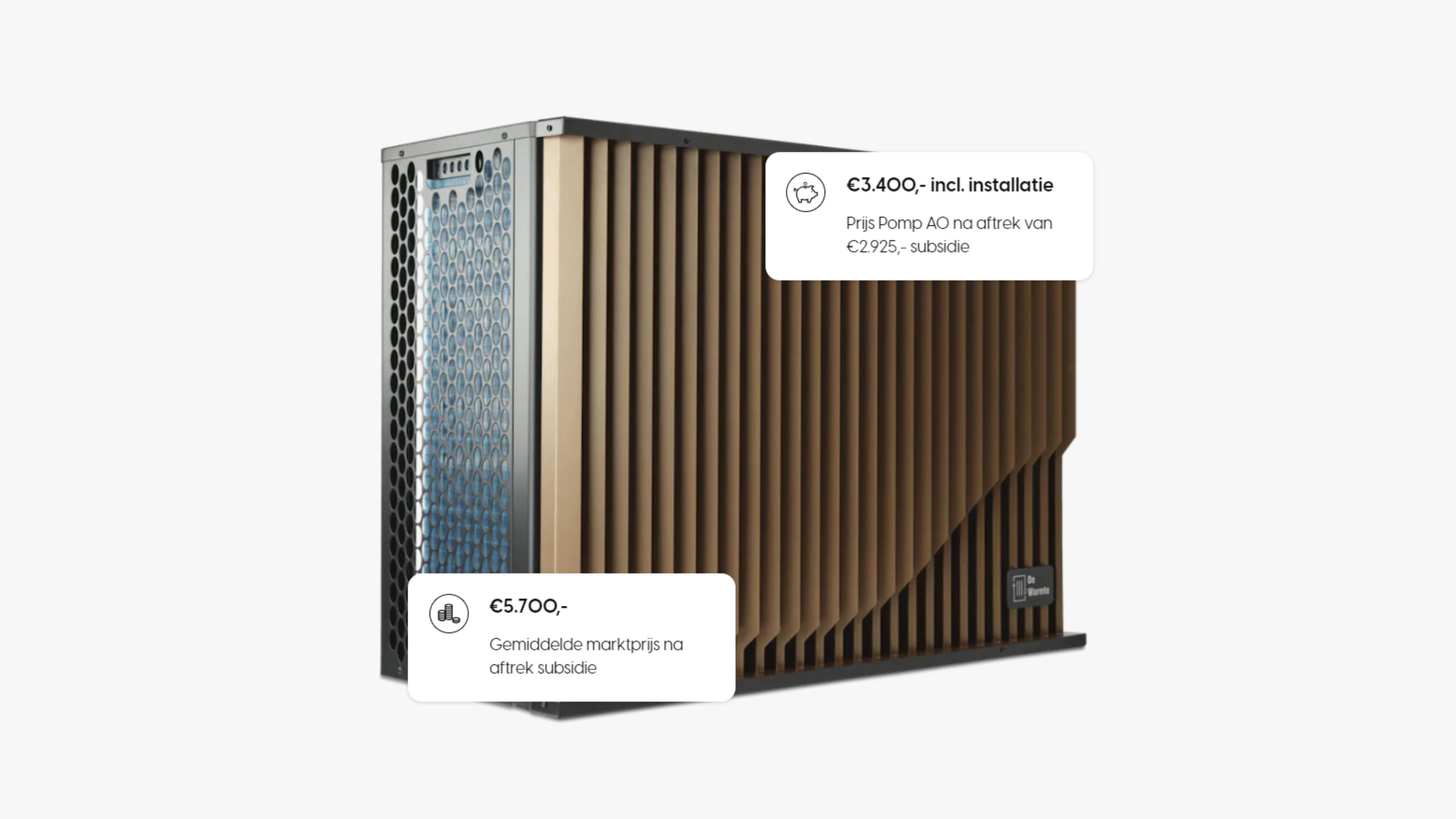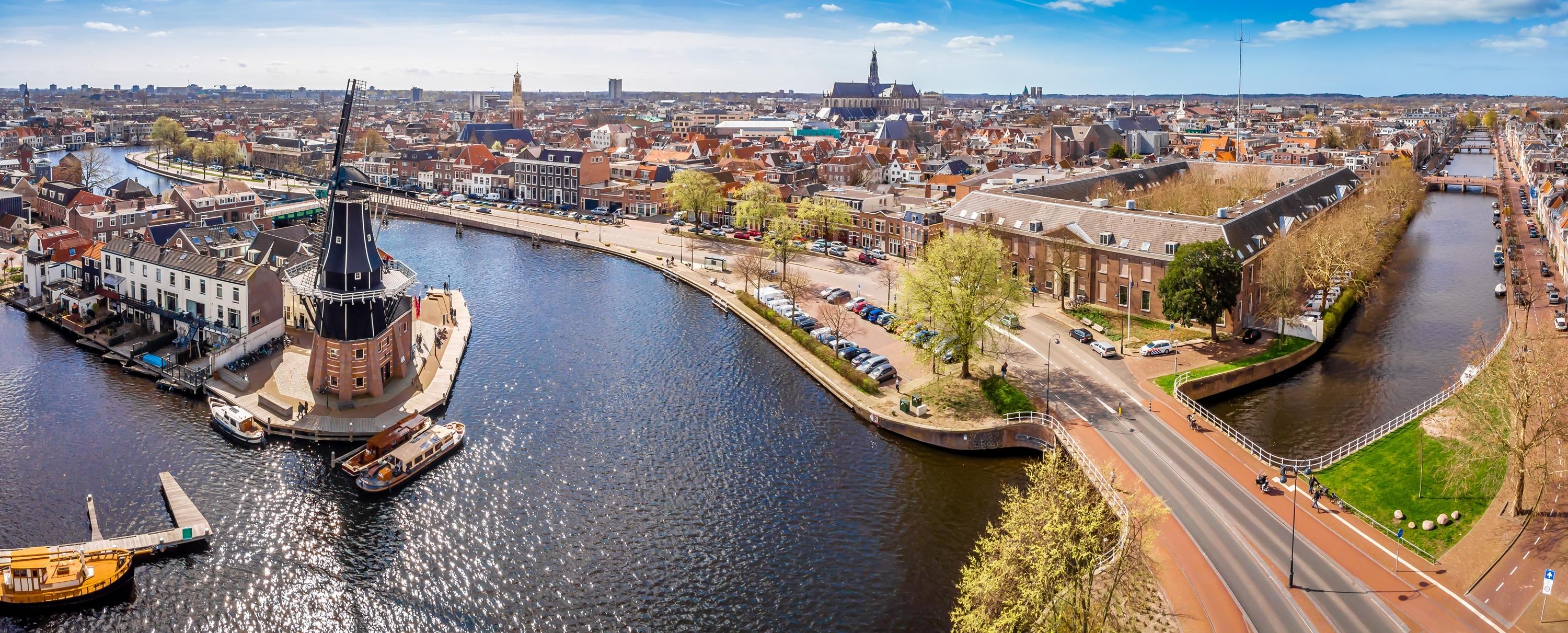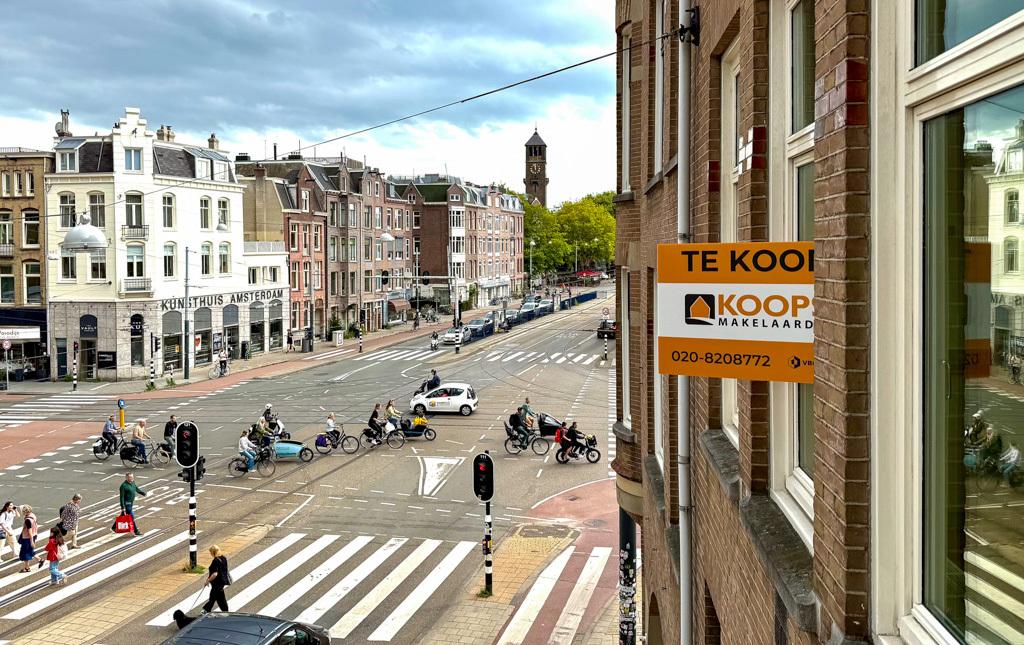When renting out a property, it is attractive to offer it in the free sector, as this usually offers higher rents and more flexibility for the landlord. However, to rent out a property in the free sector, it must meet certain conditions set out in the housing rating system (WWS). A property must score a minimum of 187 points to be in the free sector. An important aspect that plays a role in scoring is the property's energy label.
The housing rating system and the energy label
The housing rating system is a point system that determines the quality of a rental property based on several criteria, including the area of the property, the amenities and, increasingly important, the energy performance of the property. The energy label plays a crucial role here, as it indicates how energy-efficient the property is. For example, a property with an energy label A gets many more points than one with a lower energy label, such as D or E.
It can therefore pay off for landlords to invest in improving their property's energy label. By upgrading a property to a better energy label, in many cases the property can be rented out in the freehold sector, providing higher rental income.
In addition, the house value will increase when the energy label is improved.
The role of a hybrid heat pump
One of the most efficient ways to improve a home's energy label is by installing a hybrid heat pump. A hybrid heat pump works in conjunction with an existing gas-fired central heating boiler, and ensures that the house is heated with renewable energy most of the time. Even at an outdoor temperature of -20 °C, it is possible to heat a house properly using a heat pump. This results in lower CO₂ emissions and lower energy consumption, directly contributing to a better energy label.
Barring exceptions, a home with lower energy efficiency can often leapfrog to an A-label with the installation of a hybrid heat pump. This allows landlords to award the property extra points within the housing rating system, keeping it in the freehold sector. This means the landlord has more freedom in setting the rent.
Financial benefits: heat pump subsidy
Another important advantage of installing a hybrid heat pump is that not only does it help keep the property in the free sector, but the cost of purchasing the heat pump is also partly covered by a subsidy. The market price of a hybrid heat pump is € 6.325,- including VAT, for relations of Koops Makelaardij - Vastgoedbeheer, the heat pump is offered slightly cheaper, namely € 6.125,- including VAT.
However, through the Investment Subsidy for Sustainable Energy and Energy Saving (ISDE), a subsidy of approximately € 2.900,- can be obtained. This makes investing in a hybrid heat pump a lot more attractive for landlords. For some postcode areas in the municipality of Amsterdam, you can obtain even more subsidy through ‘Gasloos Amsterdam’. This makes the investment in a hybrid heat pump even more attractive for landlords.
Low cost, big benefits
For many landlords, the hybrid heat pump is a relatively cheap and efficient solution to improve the energy performance of their property to make it suitable for rental in the free sector. With an investment of around € 3200,- (after deducting the subsidy), landlords can upgrade their property to an A-label, thus benefiting from a higher rent. Moreover, this investment contributes to a more sustainable home, which is not only beneficial for the landlord, but also for the tenant (lower consumption costs) and the environment.
Koops Property Management will be happy to help you!
Are you interested in receiving more information about the hybrid heat pump? We can make you an interesting proposal. Through our collaboration with installation company De Warmte, we are able to take the following steps with you:
Step 1. WWS points + energy label + WWS optimisation
First, we advise you to have a point count of the current house done through us. This will show us how many points the property gets in the current market and what energy label it has. Next, a WWS optimisation advice will be issued showing where the necessary points can be increased so that the property gets more points than current.
Step 2. Free advice
After a telephone consultation, an on-site inspection will take place. The inspection assesses whether or not it is possible to install a heat pump. An installation plan will then be drawn up. This first visit + installation plan normally costs € 99,- but for relations of Koops Makelaardij - Vastgoedbeheer no costs are charged.
Step 3. Making an installation plan
After an inspection, an installation plan is drawn up. This plan provides a clear overview of installation options + associated costs.
Step 4. Installation
The installation is carried out neatly and within one day. Good to know: you receive a 2-year full service warranty.
Step 5. New rating
After installation, it is possible to have the house re-evaluated and apply for a new energy label. It is also important to have a point score drawn up, as of January it is compulsory to hand this score to your new tenant. One of our partners can offer the cost of a point count and new energy label for € 360,- excluding VAT.
Note: Is your property located in an apartment complex that is part of a VvE? If so, you must first discuss the installation of the heat pump with the VvE.



